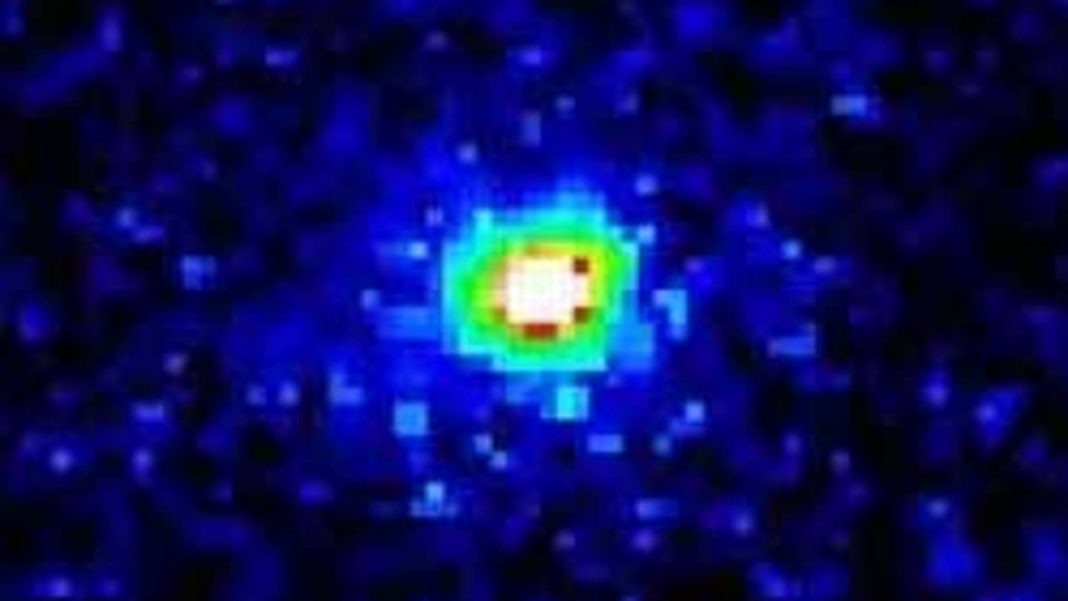Interstellar Visitor 3I/ATLAS Shrinks Mysteriously Weeks Before Earth Approach
The interstellar object 3I/ATLAS has baffled scientists by mysteriously shrinking 13% in size just weeks before its closest approach to Earth in December. Harvard Professor Avi Loeb suggests this unprecedented behavior, combined with multiple anomalies, increases the possibility we’re observing an artificial extraterrestrial craft.
Key Anomalies Observed
- Object lost 13% of material after solar pass
- No visible cometary tail despite significant mass loss
- Unexplained course correction away from sun
- Strange “anti-tail” pointing toward the sun
- Unusual color changes, including turning blue
The Shrinking Mystery
NASA calculations confirm 3I/ATLAS shed 13% of its material after passing the sun last month. Professor Loeb directly links this shrinkage to the object’s unexpected course change as it moved closer to our star.
‘For a typical comet, this should have resulted in a massive coma with dust and gas that would have been pushed by the solar radiation pressure and the solar wind to the shape of a typical cometary tail pointing away from the sun,’ he said in a blog post. ‘No such tail is visible in the new images from November 5, 2025.’
Unexplained Maneuvers
Ground-based telescopes in Chile detected a mysterious speed increase that NASA’s Jet Propulsion Lab confirmed couldn’t be explained by solar gravity alone. 3I/ATLAS pulled away from the sun and turned sideways – behavior Loeb suggests resembles rocket engine course corrections.
For a natural comet to achieve such maneuvers, it would need to lose more mass than observed and create massive gas jets. NASA’s November 5 images show no evidence of these expected gas and dust trails despite the confirmed shrinkage.
Growing Evidence of Artificial Origin
Loeb’s Galileo Project has documented at least 10 anomalies suggesting artificial construction. The object maintained consistent appearance compared to July Hubble images while displaying behaviors unheard of in natural comets.
The strange “anti-tail” pointing toward the sun contradicts normal comet behavior, where tails always point away from stellar bodies. Additionally, 3I/ATLAS’s color changes – particularly turning blue near the sun – defy typical comet coloration patterns where cold surfaces typically reflect red light.
While individual oddities might have scientific explanations, Loeb emphasizes that the probability of 10 simultaneous anomalies points toward intelligent design. 3I/ATLAS makes its closest approach to Earth on December 19, 2025.







